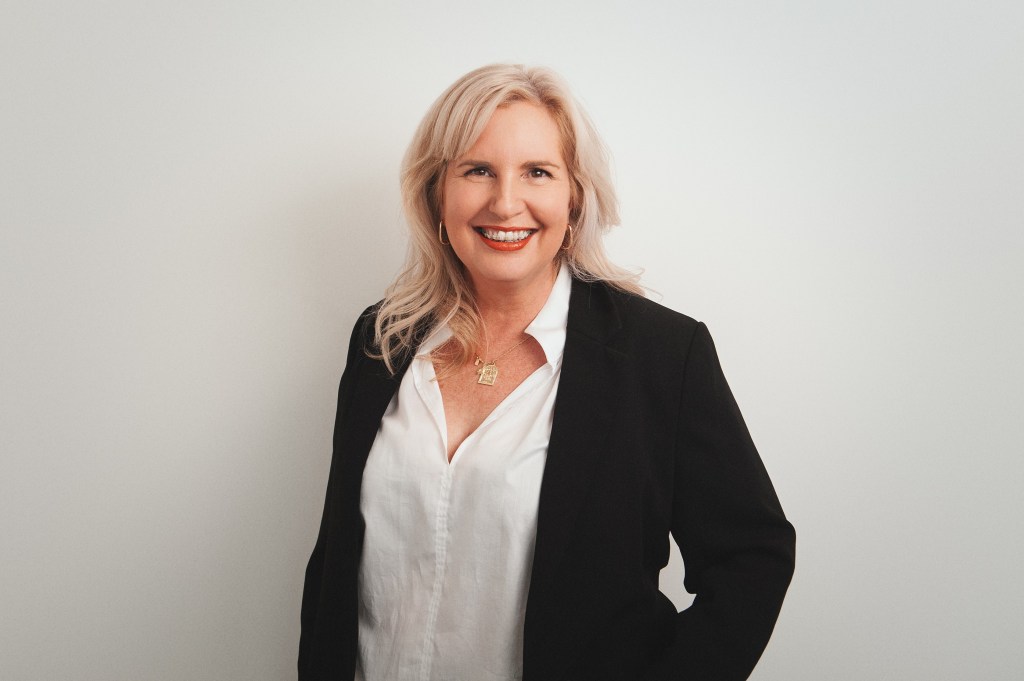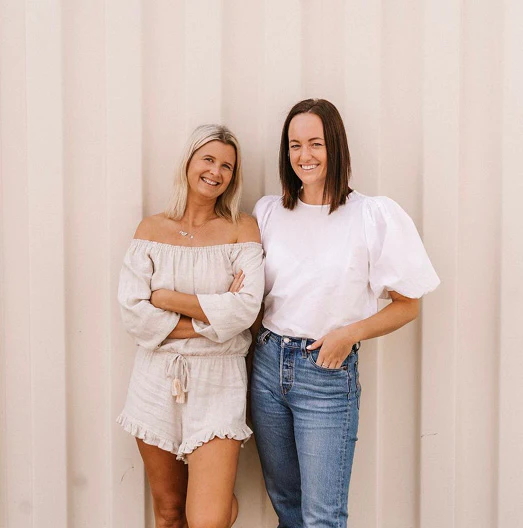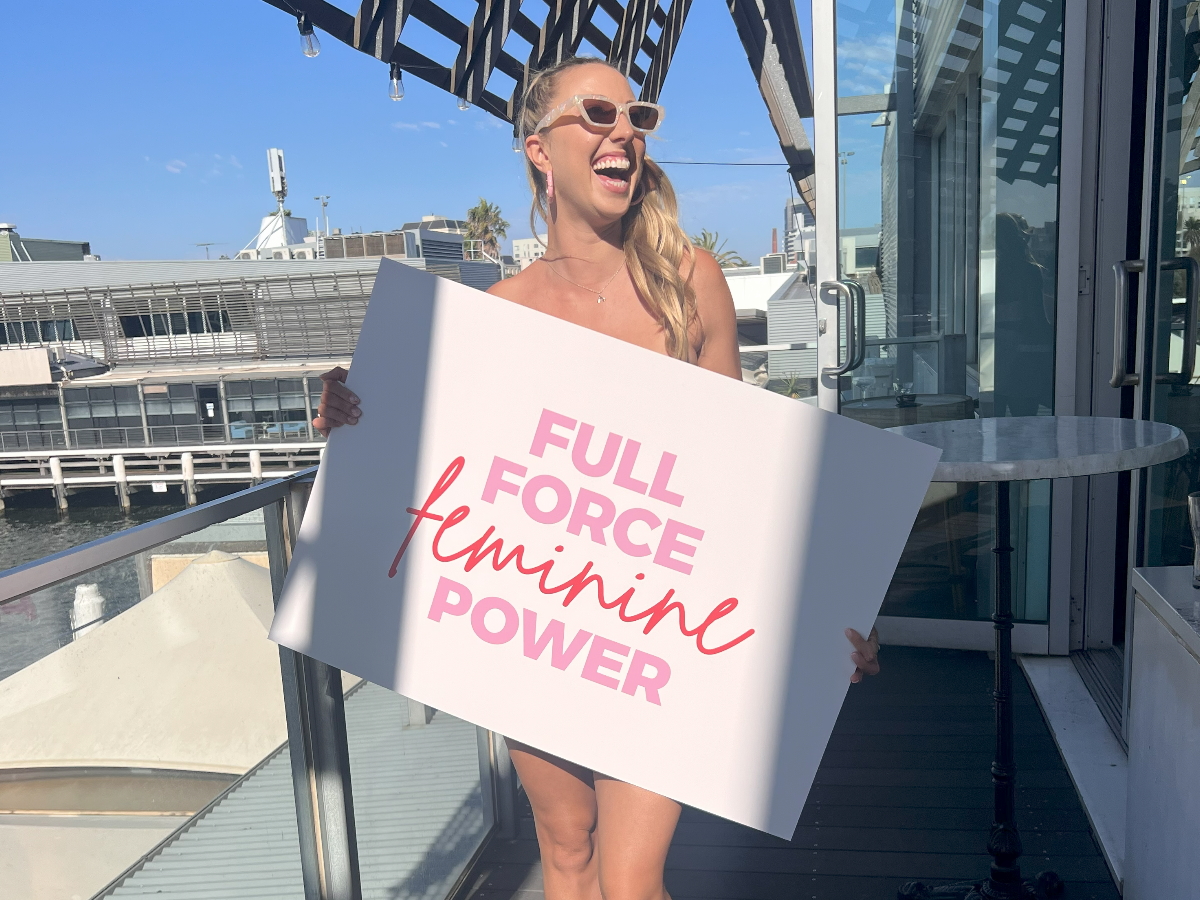In recent years, there has been a significant increase in interest in products related to intimate care and sexual wellness. Once considered taboo, these products are now being embraced by beauty consumers as a way to achieve a more complete sense of wellness.
The market for intimate care and sexual wellness products has grown exponentially in recent years. According to a report by Grand View Research, the global sexual wellness market is expected to reach $189 billion by 2026. This growth can be attributed to a number of factors, including increased awareness and acceptance of sexual health, the growing popularity of wellness and self-care, and a shift towards more natural and organic products.
One of the key drivers of this trend is the growing focus on overall wellness and self-care. Consumers are increasingly prioritising their physical and mental health, and intimate care and sexual wellness are becoming a more integral part of that. Many beauty consumers view these products as an extension of their self-care routine, recognising the importance of caring for all aspects of their body.
One area of growth in the sexual wellness market is in the area of sexual health and pleasure. Products such as sex toys, lubricants and condoms are becoming more mainstream as consumers become more comfortable discussing and exploring their sexual health and pleasure. These products are no longer seen as taboo or embarrassing, and are being found more frequently at mainstream retailers including department stores and pharmacies.
David Jones launched a sexual wellness category in 2021, and a major Valentine’s Day promotion this year saw the department store showcase Australian sexual wellness brand Frenchie with a pop-up in their flagship Sydney store.
Meanwhile, more than 30 new brand and product launches were recently showcased at the House of Sephora including four new sexual wellness brands including Dame, Lelo, Vush and Smile Makers.
Frenchie’s Professor of Pleasure, Eleanor Hadley, said there was growing awareness of the importance of sexual health and its impact on both physical and mental health as well as its ability to enhance connection.
“Even the World Health Organisation recognises the importance of sexual health and wellness,” she said. “Breaking down the shame and stigma related to sex has led to more people being curious about their pleasure and exploring how they can enhance their sex lives, leading to a rising interest in using a vast array of sexual wellness products. Culturally, we are becoming a more sex-positive society, and people are openly talking about sexuality more than ever these days.”
Eleanor suggested retailing intimate products alongside other health and wellness ranges. “Gone are the days of sex being shameful or taboo, with the products relegated to dingy corners and back room,” she said. “Now sexual wellness deserves to be out in the open, normalised and positioned to spark conversation. I would suggest having sexual wellness products in like-minded areas – around other wellness, health and beauty products and near sexually relevant areas with things like lingerie.”
Eleanor also recommended retailers invest in relevant training for staff members. “Given the overall lack of adequate sex and pleasure education in our society, the more access to educational resources with sexual wellness products, the better,” she said. “Many products will come with guides and brands will likely have their own blogs and resources, but if retailers can also provide some expert-informed resources and staff training, this would be extremely helpful. There are a lot of unknowns when it comes to sexual wellness, and it’s important that products be used correctly, so the more informed staff and customers are, the better.”
Eleanor said today’s consumers were more inclined towards design-focused products. “Customers are much more design focussed these days and drawn to sleek and stylish packaging over the outdated, in-your-face style of sex products in the past,” she said. “Many people would like to use products and devices that could easily be left out on the nightstand – either on purpose or accidentally – because they are discreet and stylish. Opt for minimal, modern design, smooth lines and classic tones. Another consideration might be where the products may be merchandised, if on a classic shelf then the packaging should consider height and width as well as be able to stand up and have all information in an easy to read format.”

Lovehoney Group B2B National Account Manager Vicki Freind said there was a growing appetite for sexual wellness products such as sex toys, lubricants, and personal care products due to the decreasing stigma around using such products and increasing awareness of the benefits of pleasure.
“We saw a huge uplift in sales during the Covid-19 pandemic with consumers seeking ways to maintain intimacy and connection with partners or themselves,” she said. Vicki said it was important for retailers to position sexual wellness products with like-minded products in the wellness category and in an accessible manner to help customers feel at ease and empowered while browsing.
“It’s essential to provide clear and informative packaging and displays that highlight the features and benefits of each product to help educate customers and allow them to make informed purchasing decisions,” she said. “Additionally, incorporating diverse product options and educational resources can help create a welcoming and inclusive environment that encourages exploration and experimentation.”
Vicki said it was “essential” retailers offered educational resources alongside sexual wellness products. “Providing access to accurate and relevant information and even trained staff onsite can help customers make informed decisions and feel more confident in exploring their sexual desires, which for some may be their first time exploring this category,” she said.
“Additionally, offering educational resources can help reduce stigma and promote a more inclusive and welcoming environment for all customers. By including resources such as product guides, sexual health information, and instructional materials, retailers can demonstrate their commitment to customer satisfaction and support overall sexual wellness.”
Vicki stressed the importance of education when it came to packaging considerations. “Approachable packaging that still highlights the product’s key features and benefits is favoured by most consumers,” she said. “Additionally, it’s essential to ensure that the packaging is informative and easy to understand, with clear instructions on how to use the product. Design elements such as colour, imagery, and font should be carefully selected to appeal to a broad audience and promote inclusivity.”

Viv Conway and Jo Cummins, co-founders of Girls Get Off and co-authors of A Girl’s Guide to Getting Off said there was an “increase in female self- pleasure and a huge increase in male partners acting as an ally for their female partner’s pleasure”.
“We believe Millennials and Gen Z demographics are more interested in the self-pleasure, sexual wellness space which has seen further demand for these products,” Viv said.
Viv said packaging and design factors should be carefully considered. “Making the products and packaging fun, playful and approachable is key,” she said. “We wanted to make Girls Get Off products that women were drawn to, similarly to the packaging of their favourite skincare.”
Jo agreed and said in designing the packaging and branding “we ensured that it was approachable and appealing to our target market”.
“We used our iconic pink to ensure that our brand was recognisable, whilst also being playful,” she said. “We use discreet packaging to ensure the privacy and discretion of our customers. We are aiming to show self-pleasure a less ‘shameless’ topic and encourage everyone to explore their own pleasure in a comfortable and safe way.”

Specialist Dermatologist Dr Ritu Gupta from Platinum Dermatology said the demand for sexual wellness’ treatments was also increasing in clinic with request for professional treatments on the rise, but the biggest challenge was empowering people to openly discuss intimate issues.
“As a specialist dermatologist, since having a device to strengthen and stimulate the pelvic floor in both men and women as well as a gynae laser for the vaginal canal, I definitely feel it is an area where people potentially suffer as they are too embarrassed to have the discussion,” Dr Gupta said. “This is the biggest barrier: that people either are too embarrassed to discuss their needs and concerns AND that they don’t realise that there are measures that can be taken to help them with their concerns. So it is a two-fold issue that really needs a raising of awareness and a discrete way to bring up the conversation so people are empowered to discuss it.”
She said a high-intensity focused stimulation treatment of the whole of the pelvic floor was equivalent to 11,000 Kegel exercises in 28 minutes, and that this could be combined with the strengthening of the abdominal core muscles with another device leading to a whole floor to core improvement for strength, improvement of urinary symptoms and sexual function. A vaginal laser can improve internal vaginal canal tightening and help combat vaginal dryness. “It’s great for post-menopausal symptoms and also just for women who want to improve sexual function with tightening and increased lubrication,” she said.
Clearly, the interest in products related to intimate care and sexual wellness is high, and this trend shows no signs of slowing down. As consumers continue to prioritise their physical and mental health, the importance of caring for all aspects of the body, including intimate areas, will only continue to (pardon the pun) grow.
This article was first published in the Winter issue of Retail Beauty:
- For more news and updates, subscribe to our weekly newsletter
- Follow us on Instagram
- Like us on Facebook
- Connect with us on LinkedIn


Leave a comment